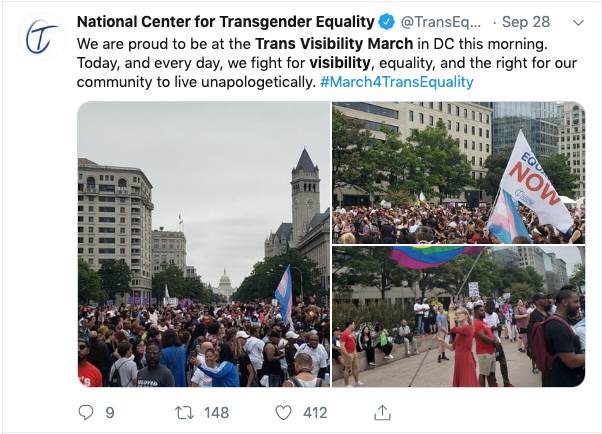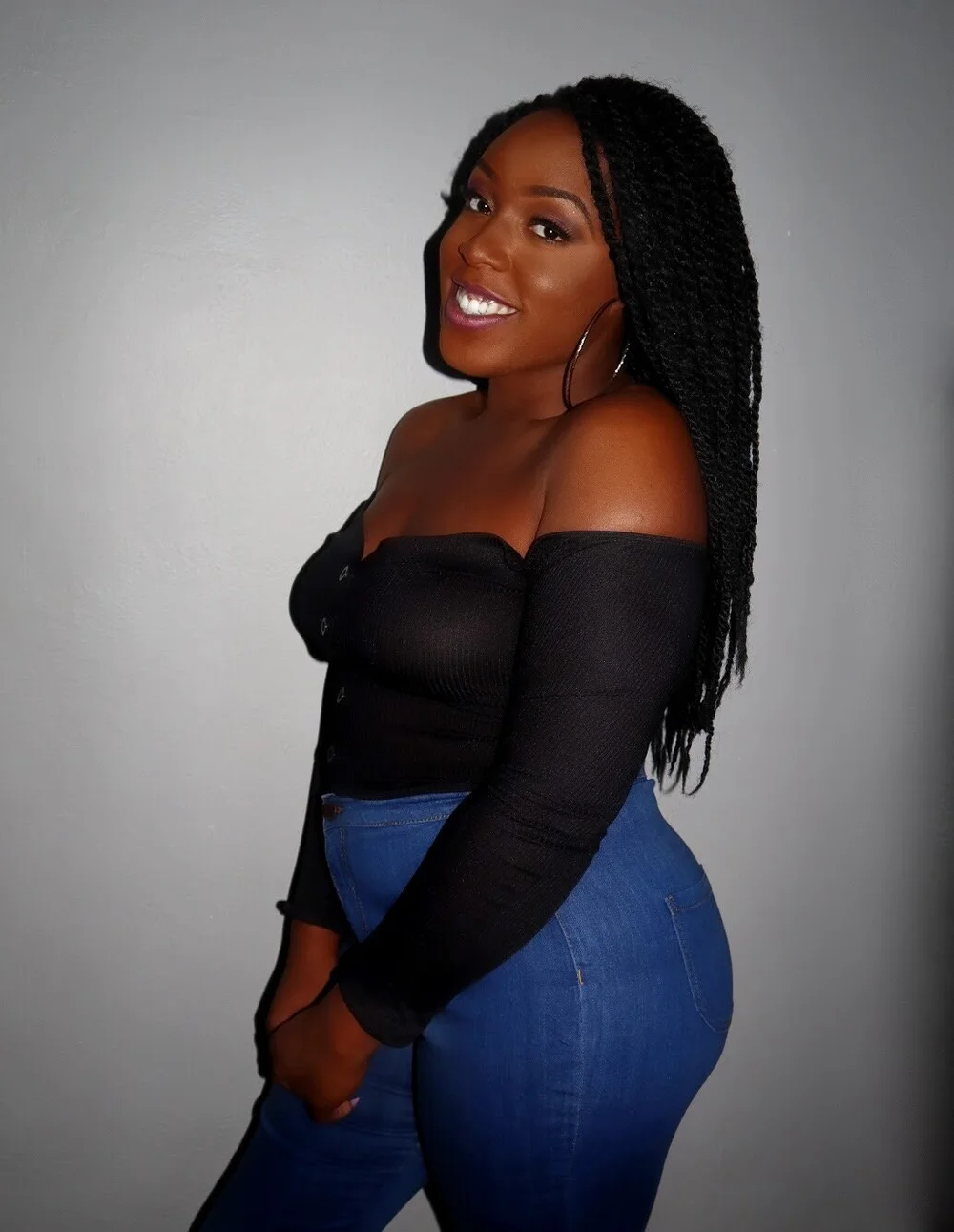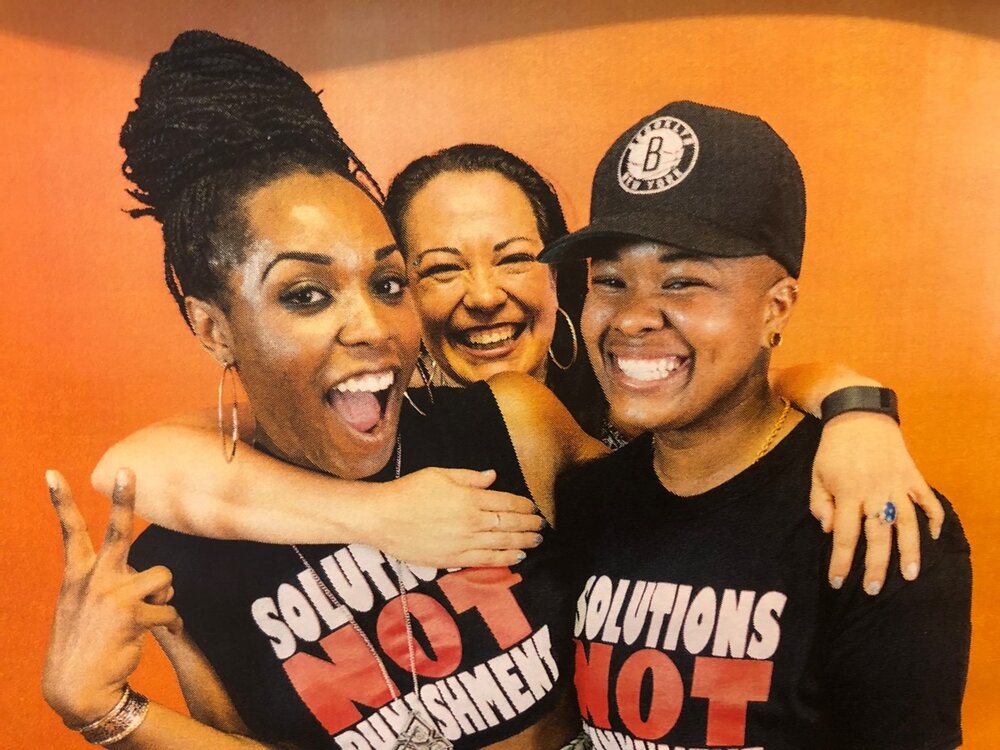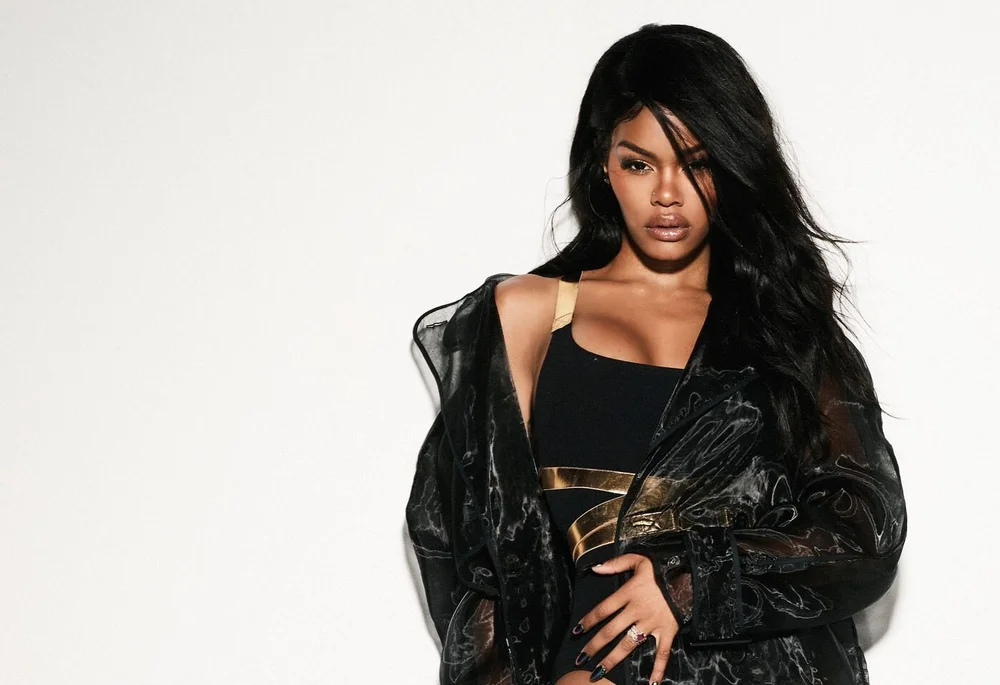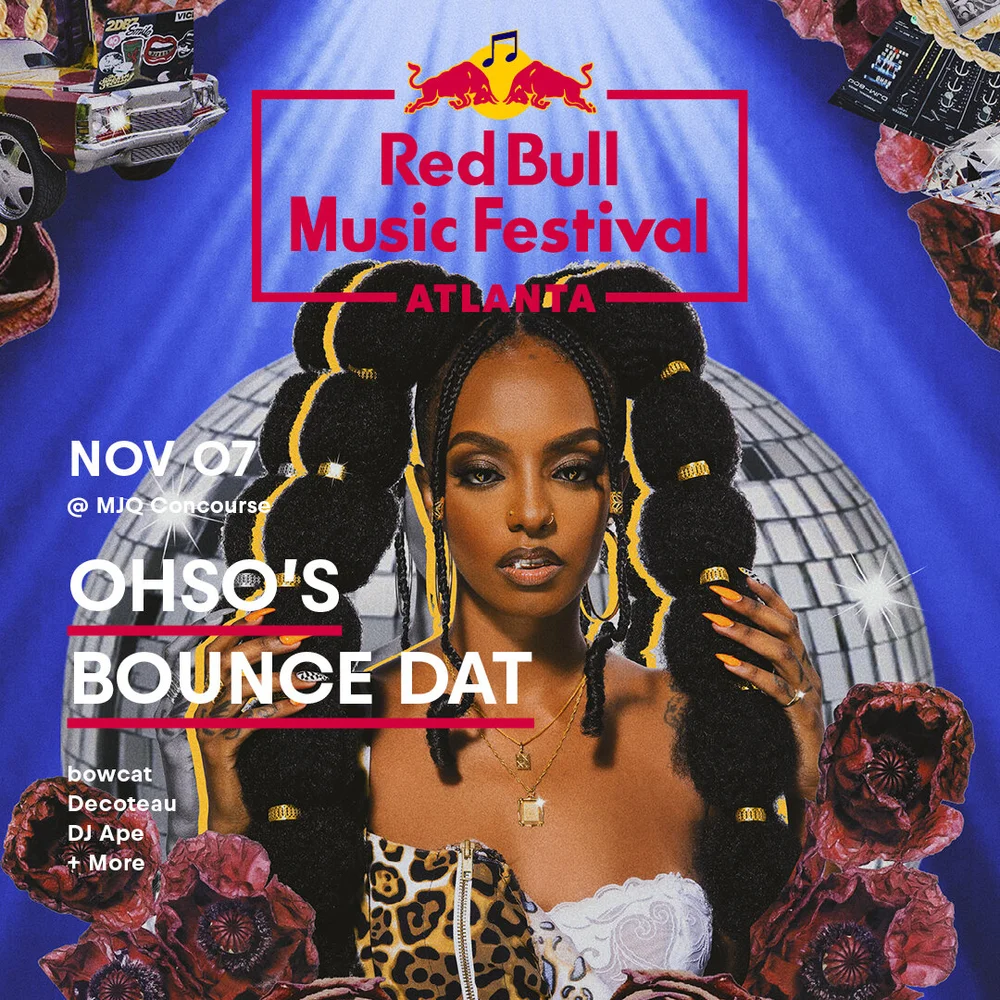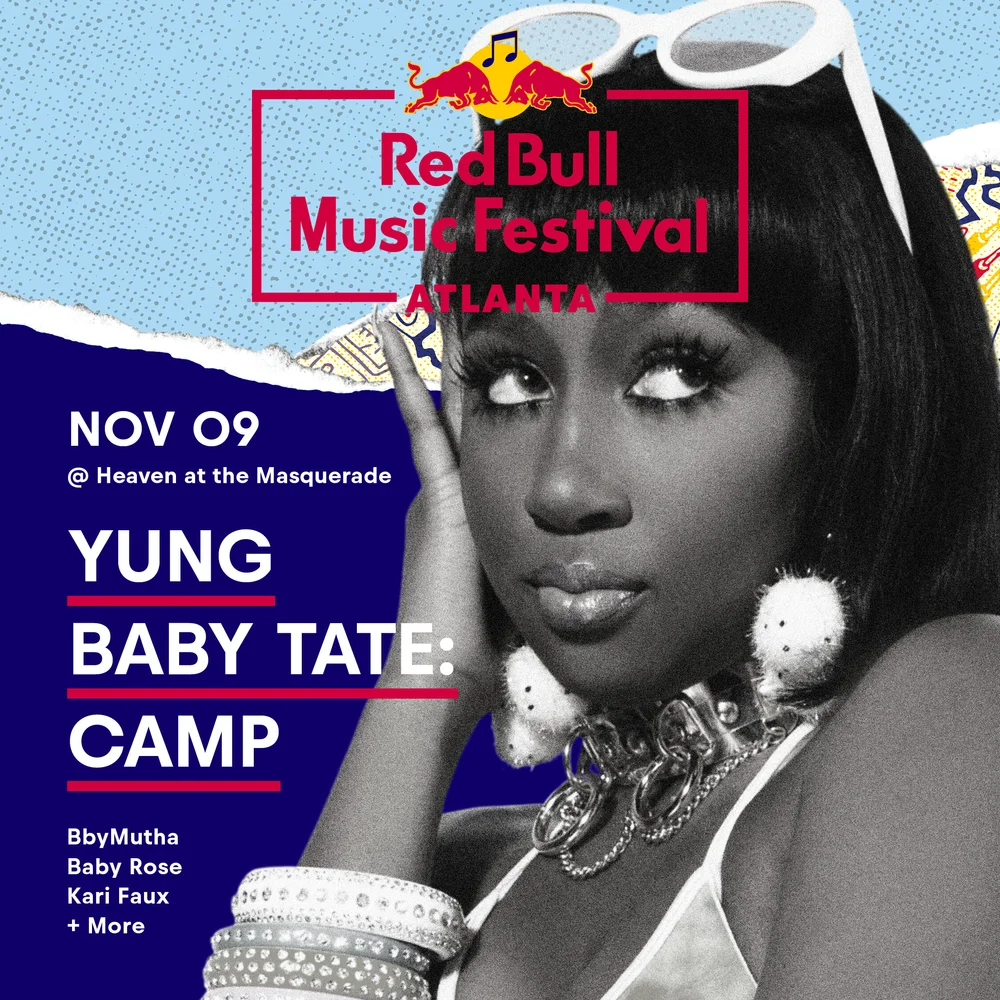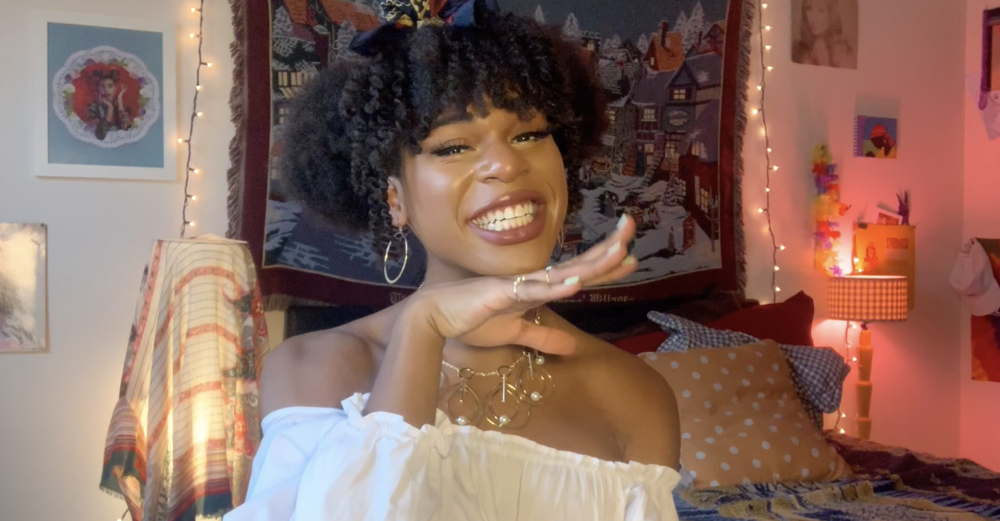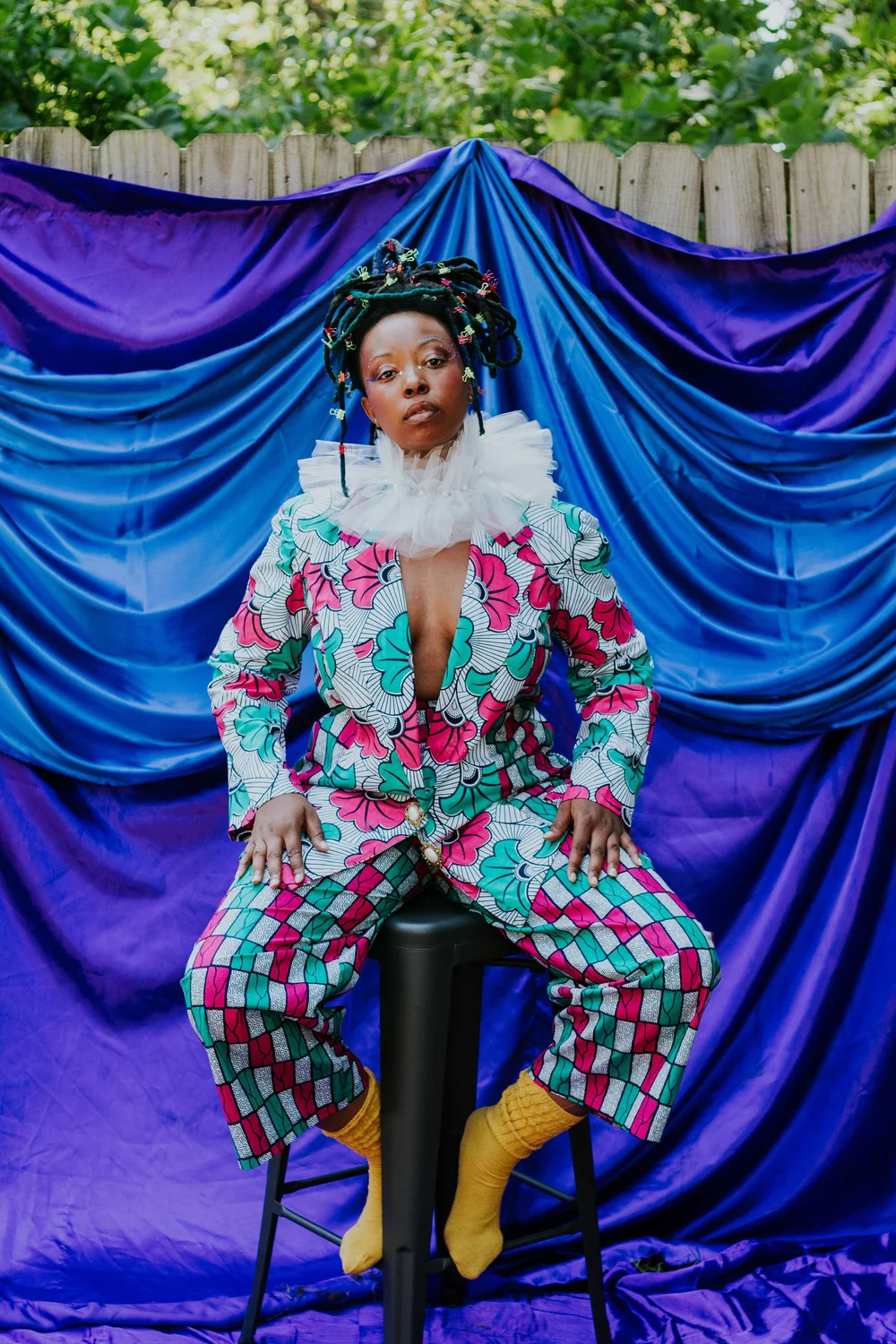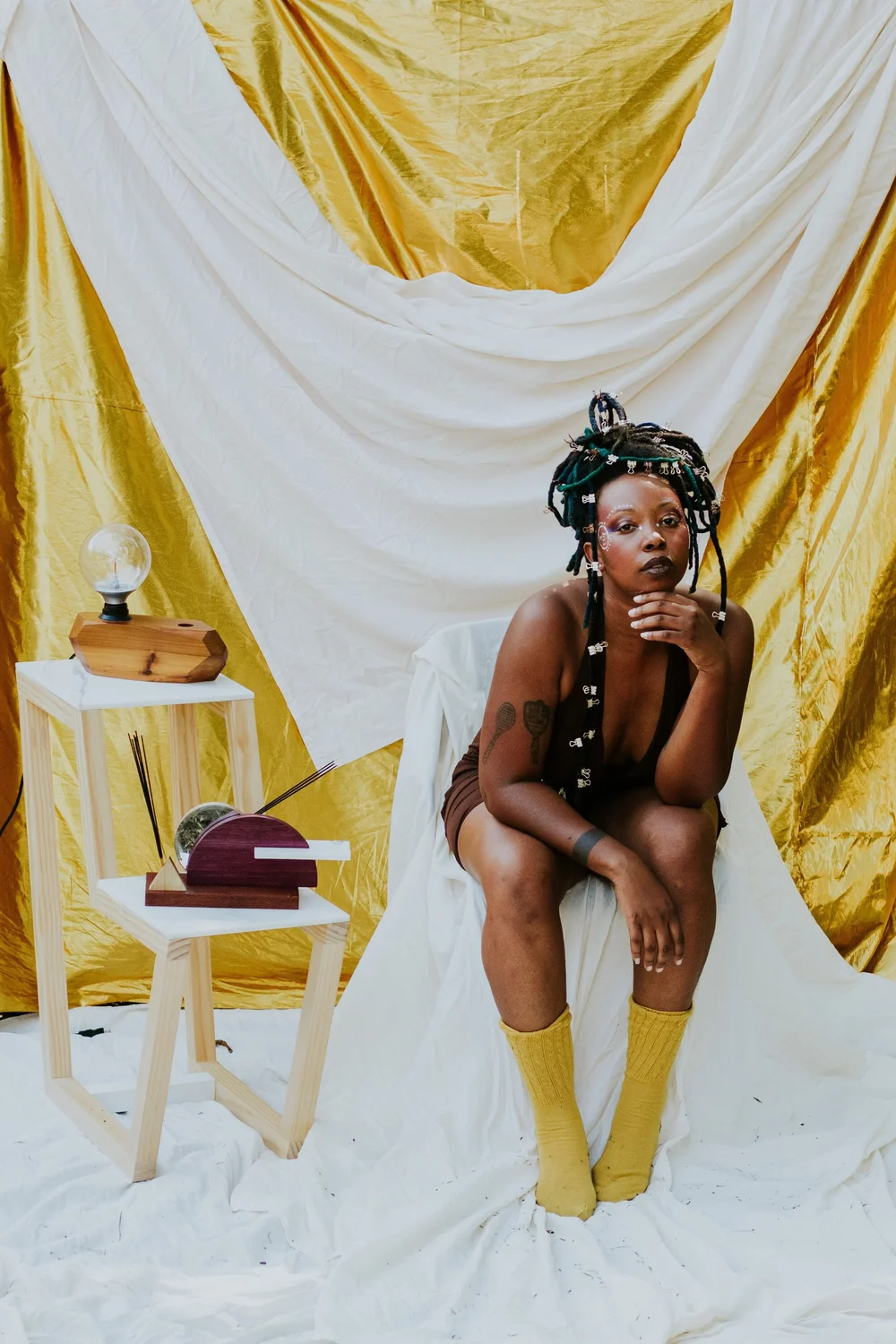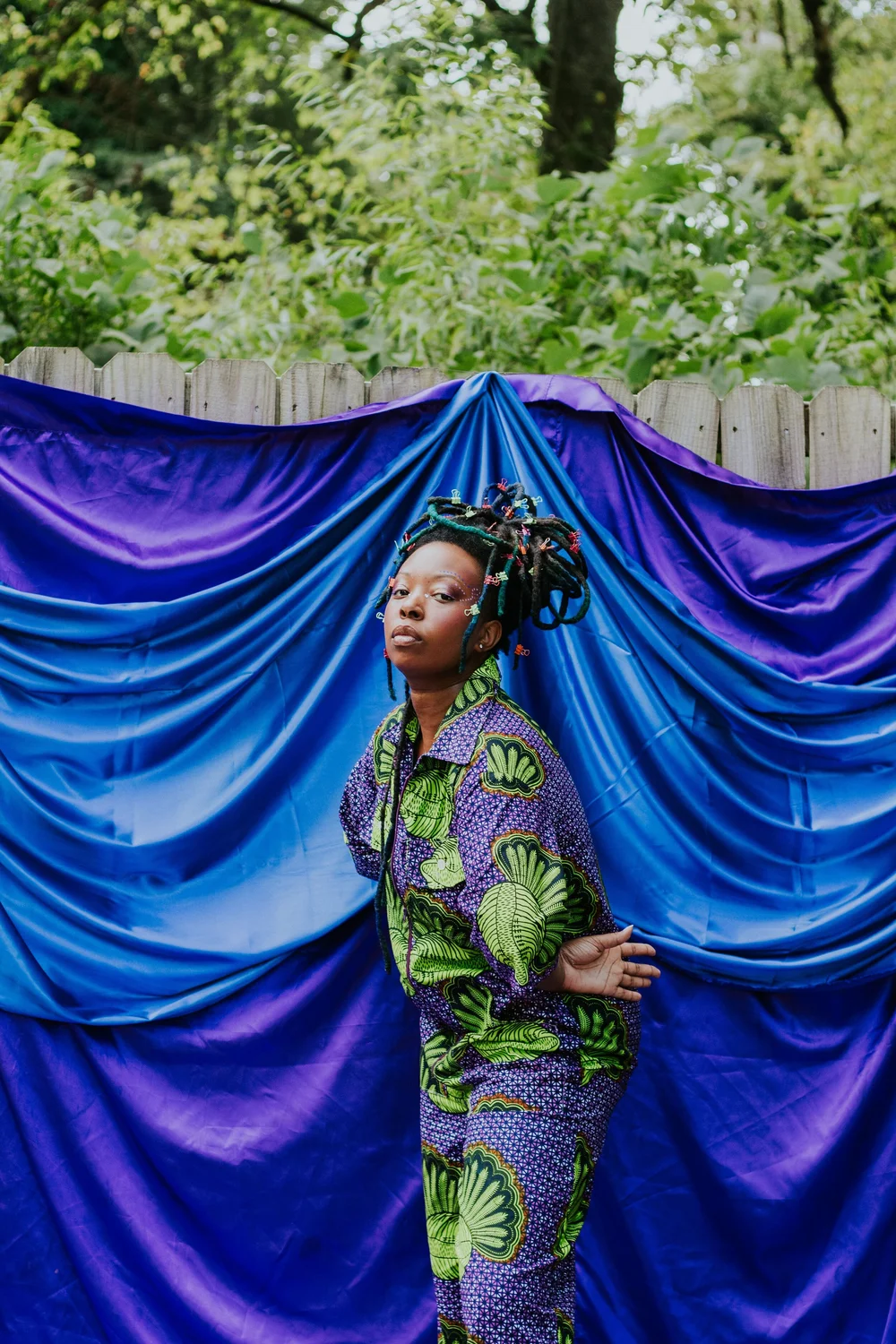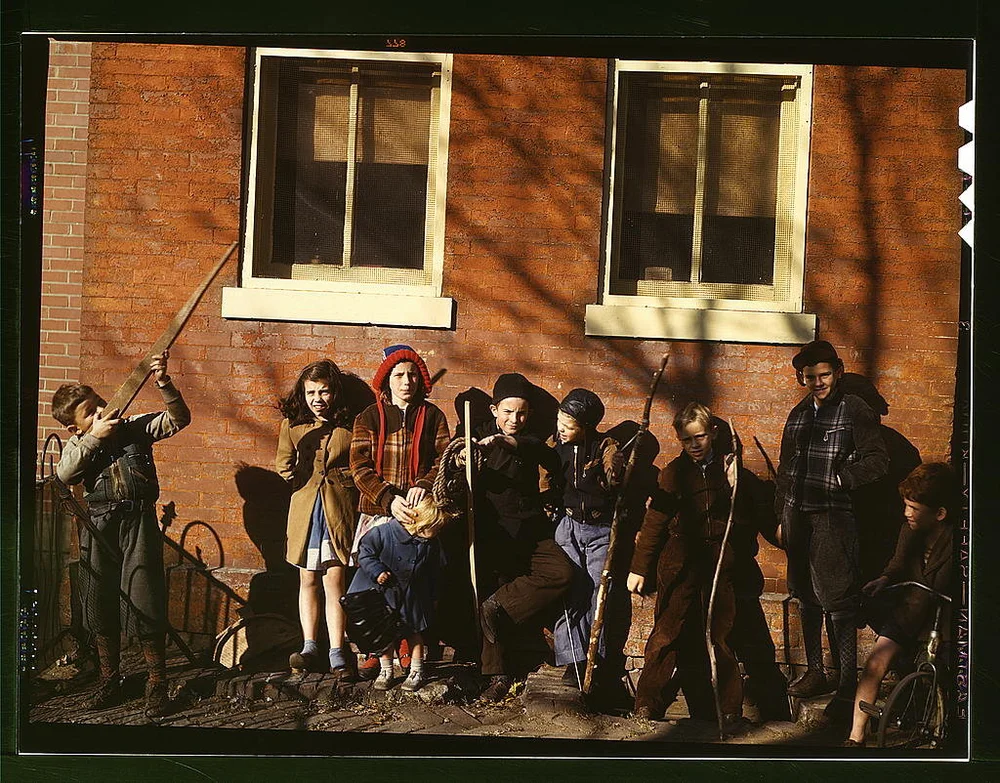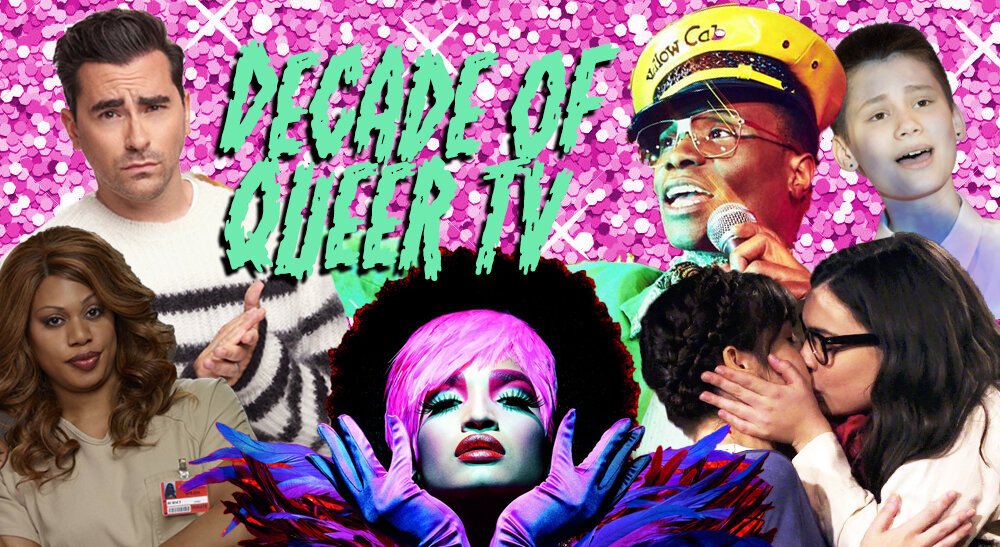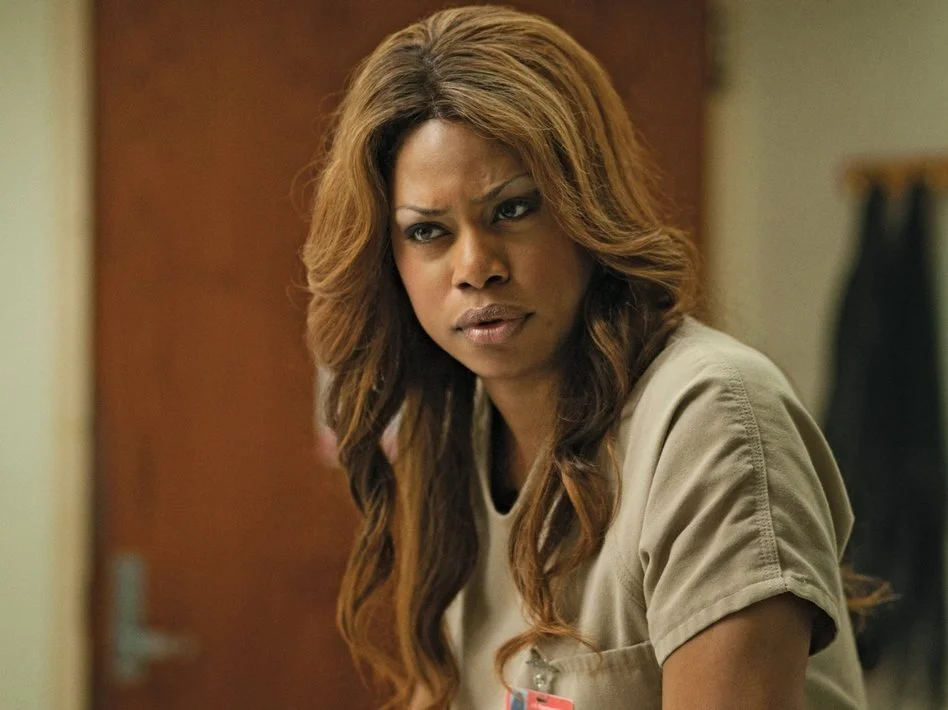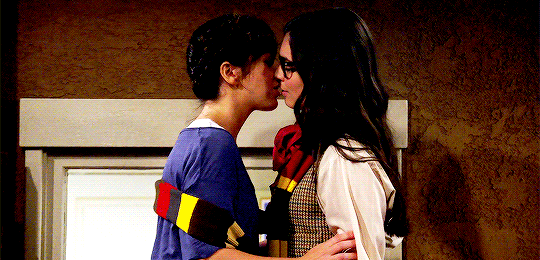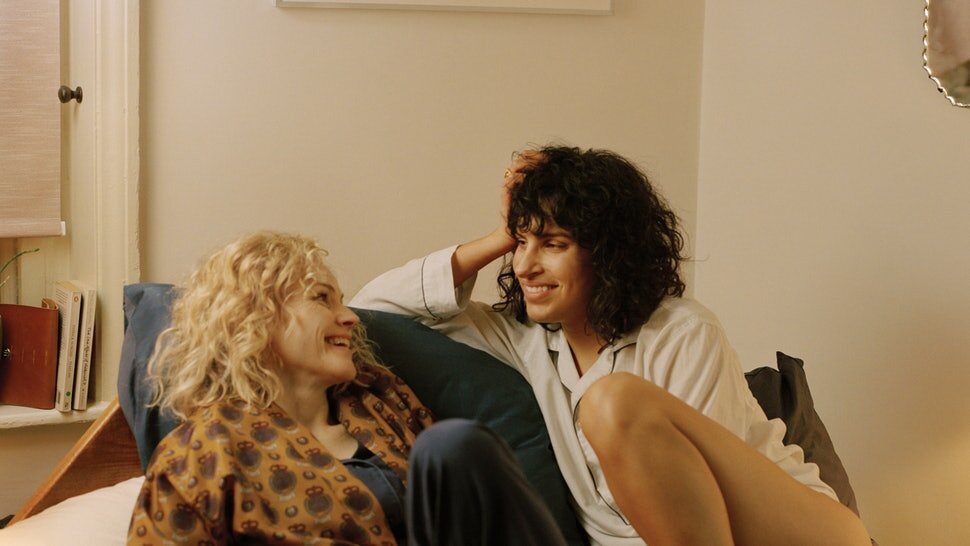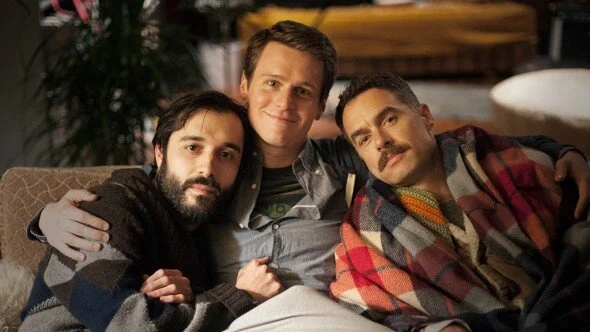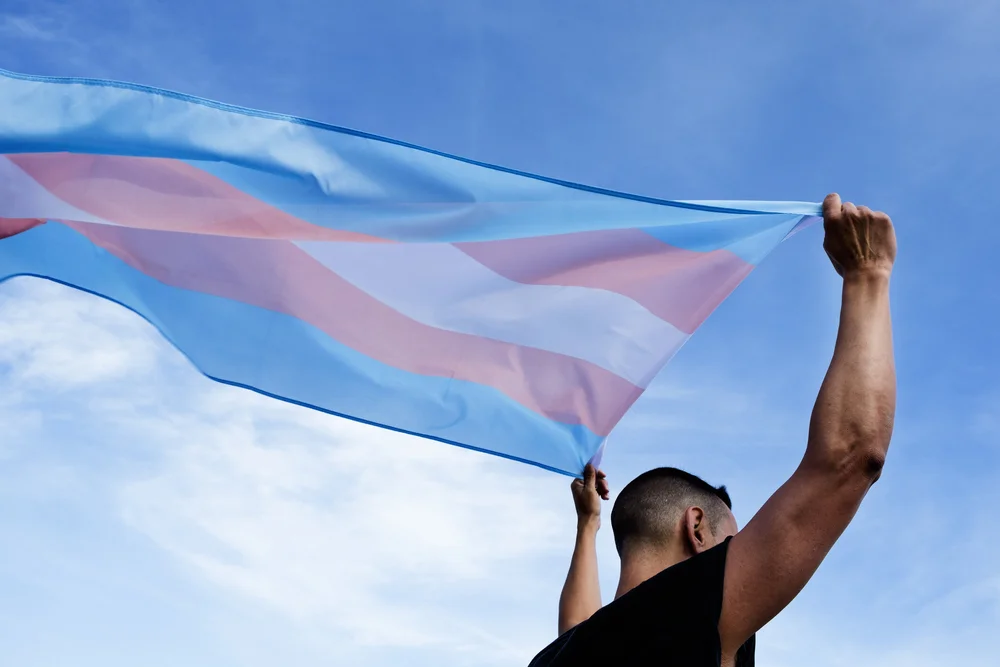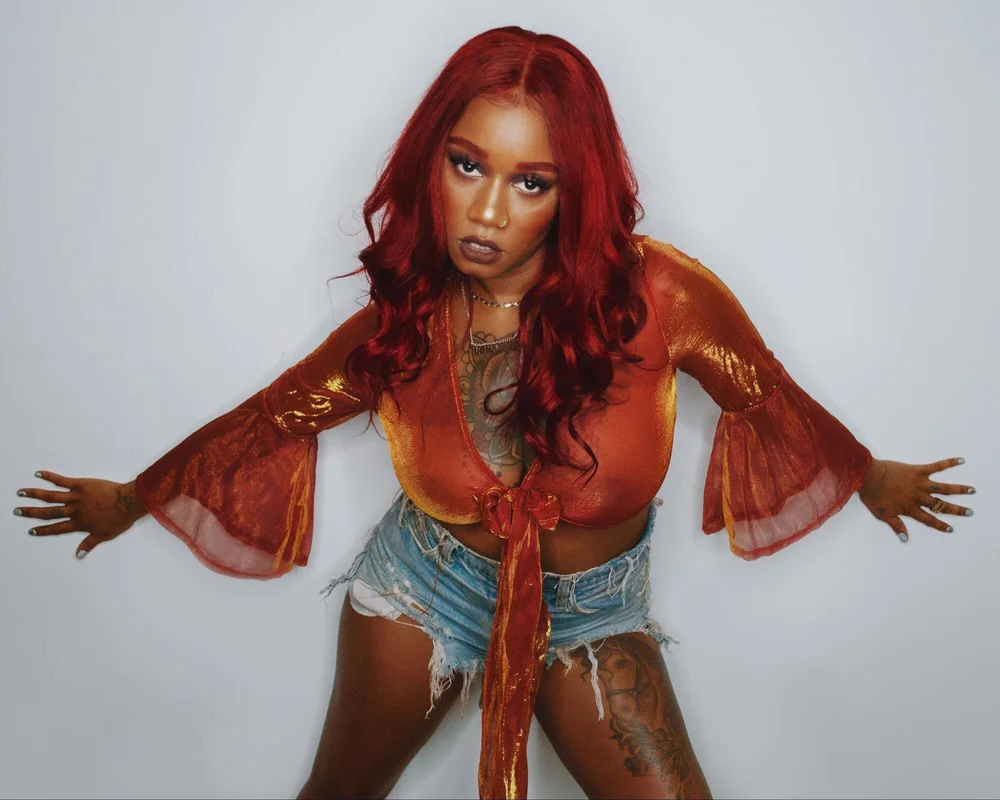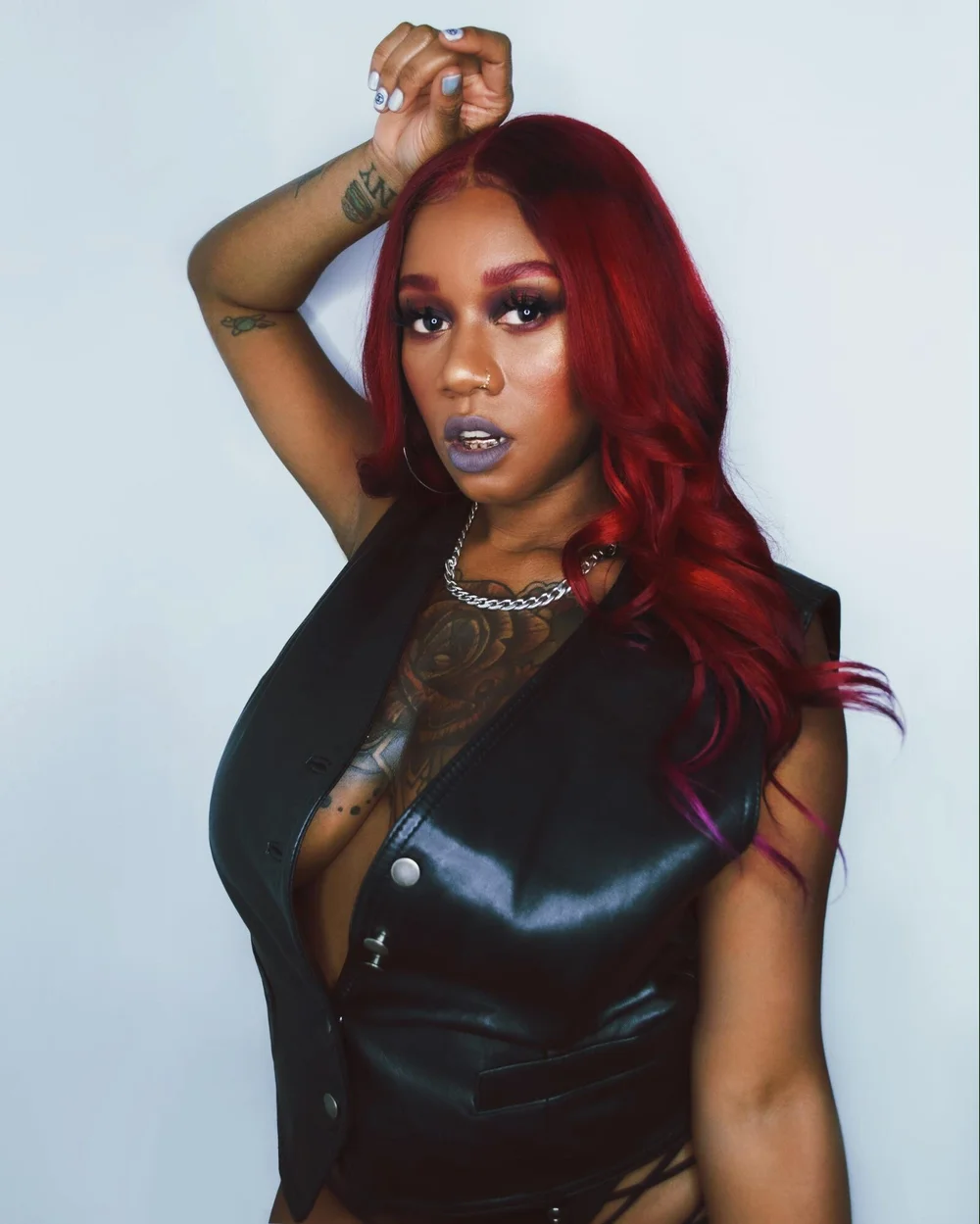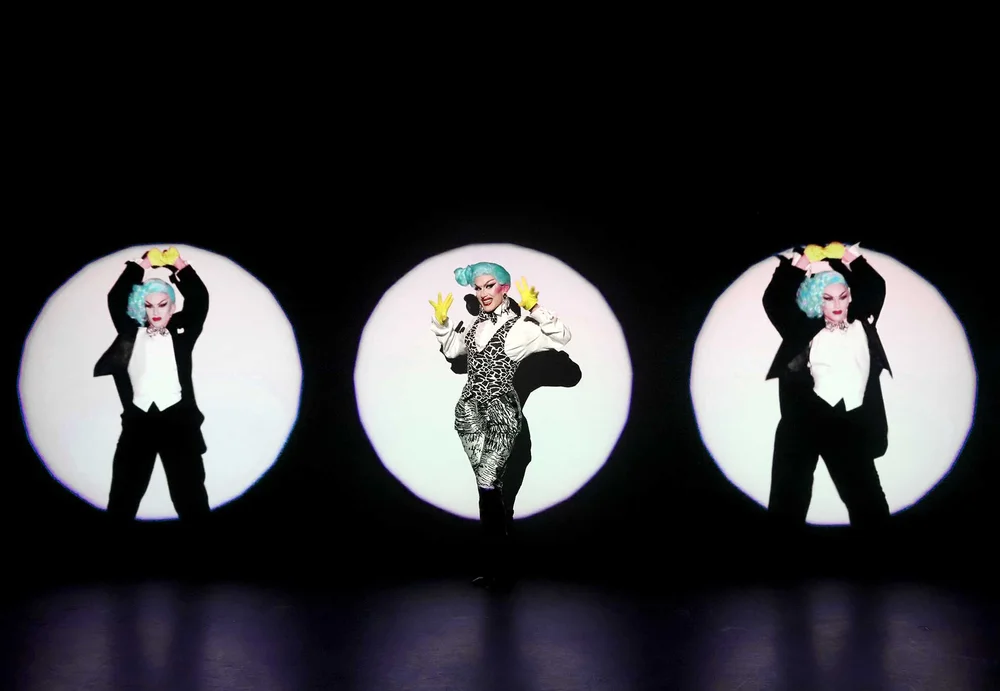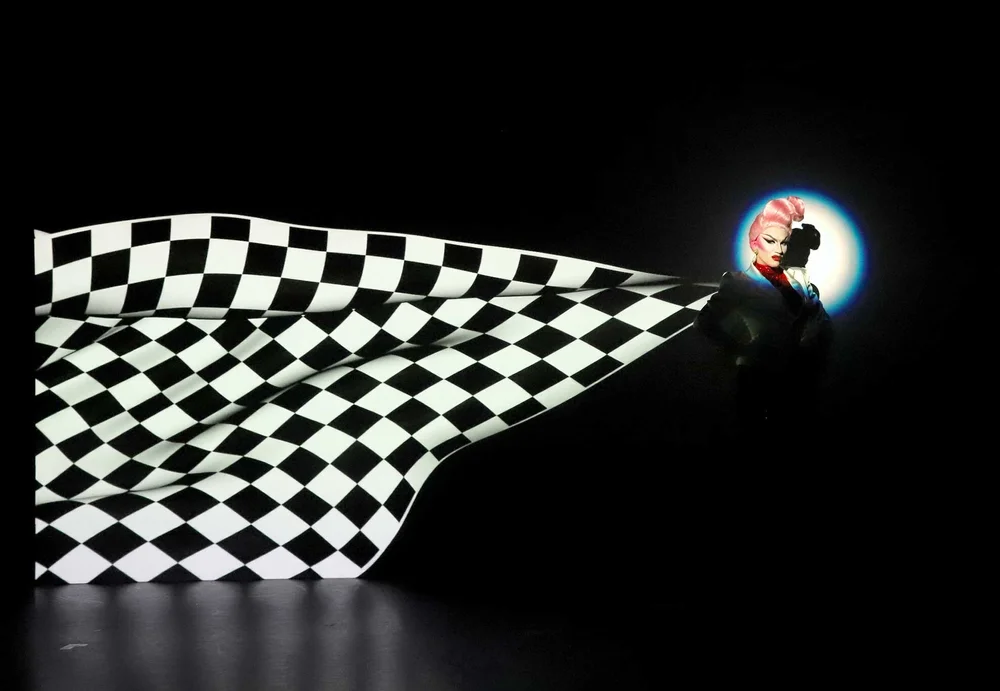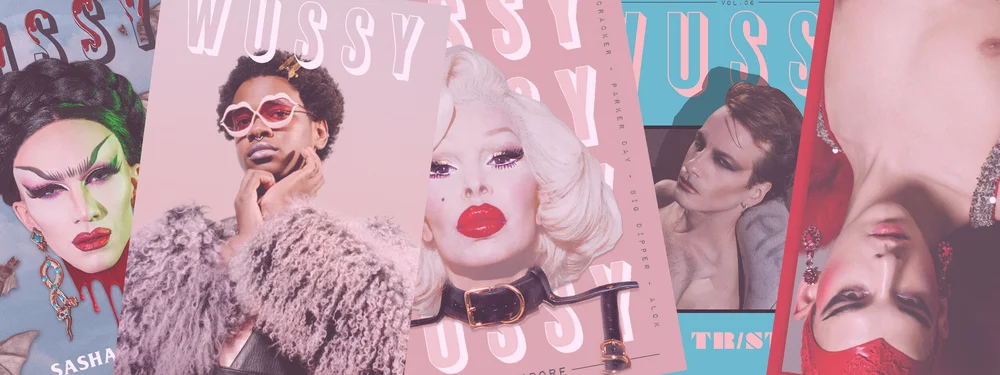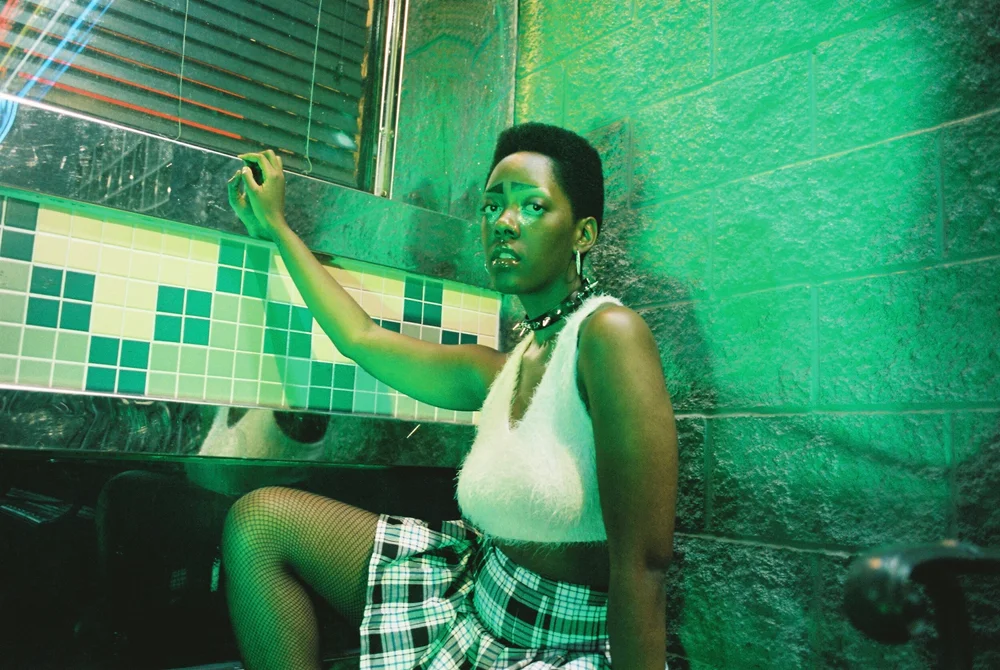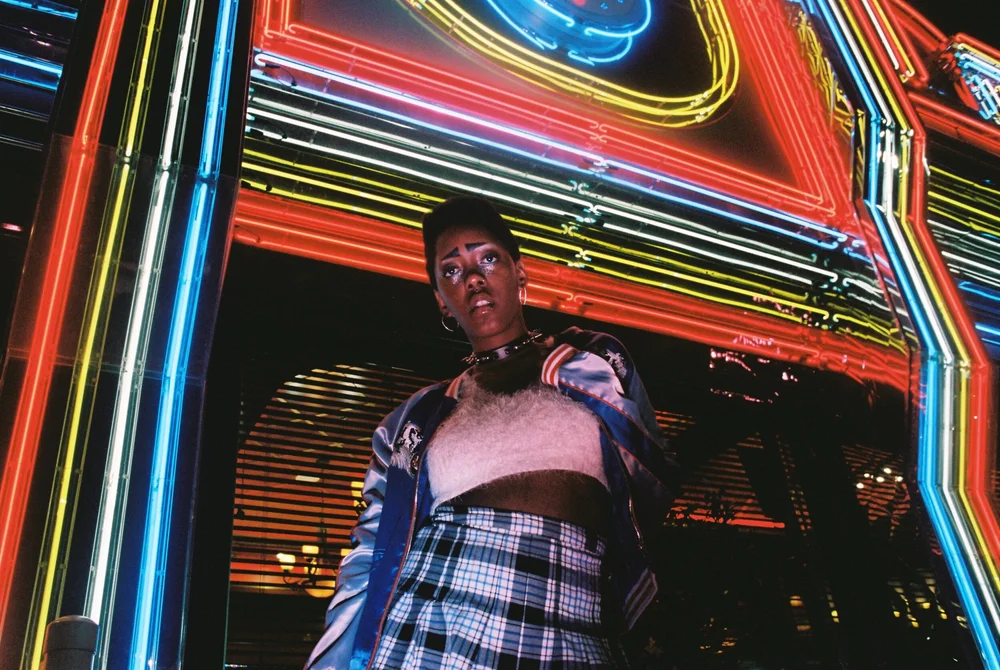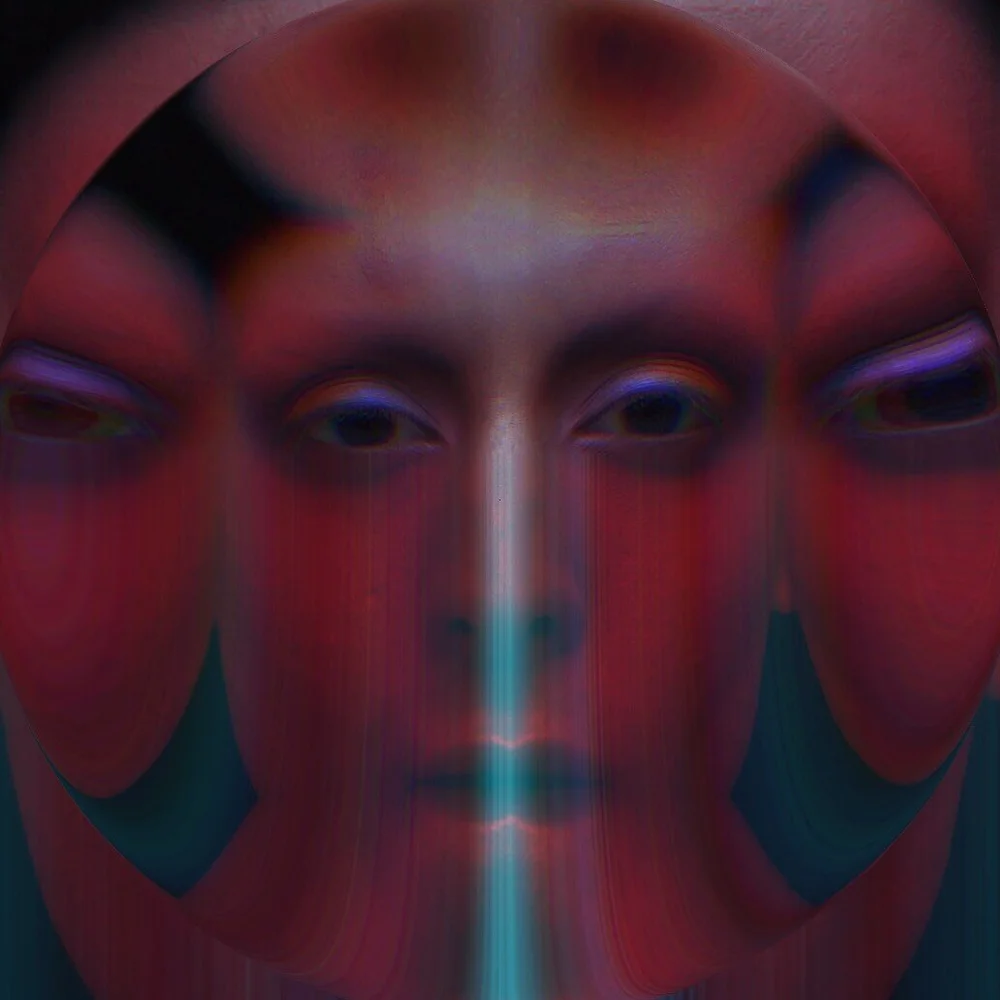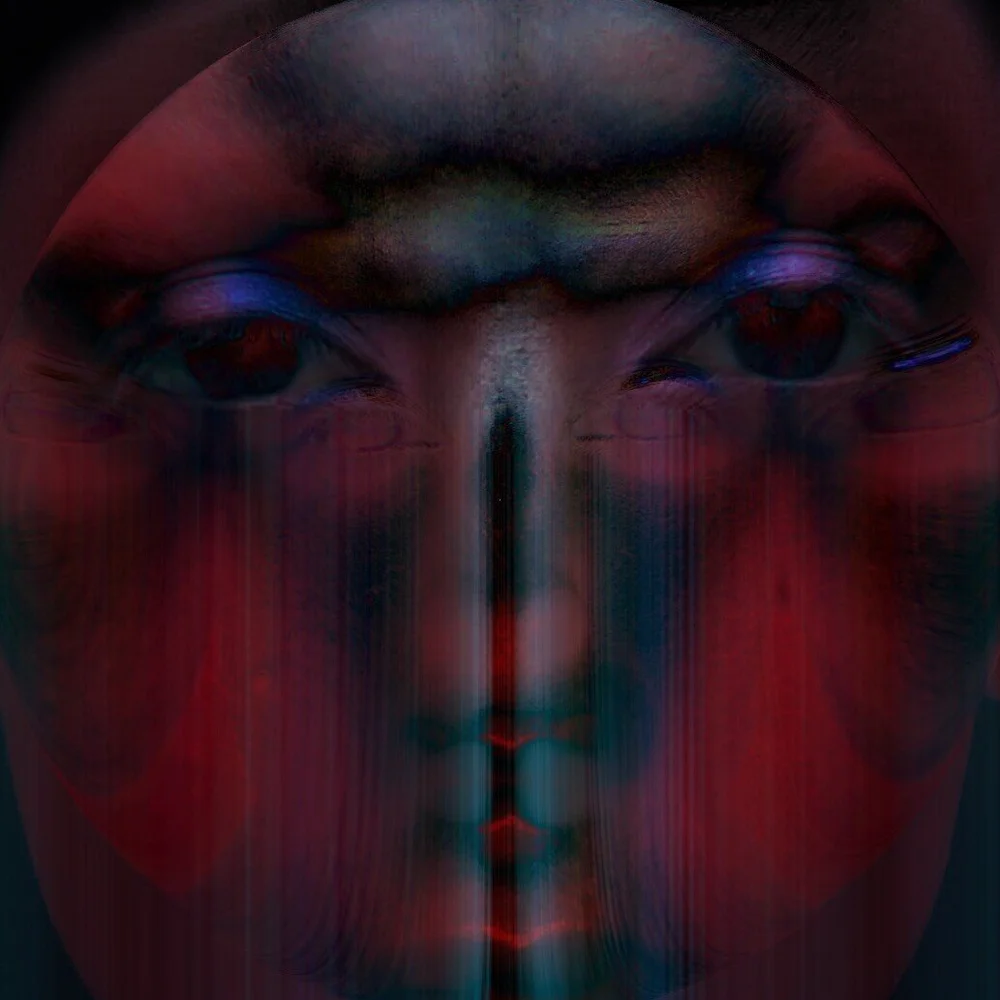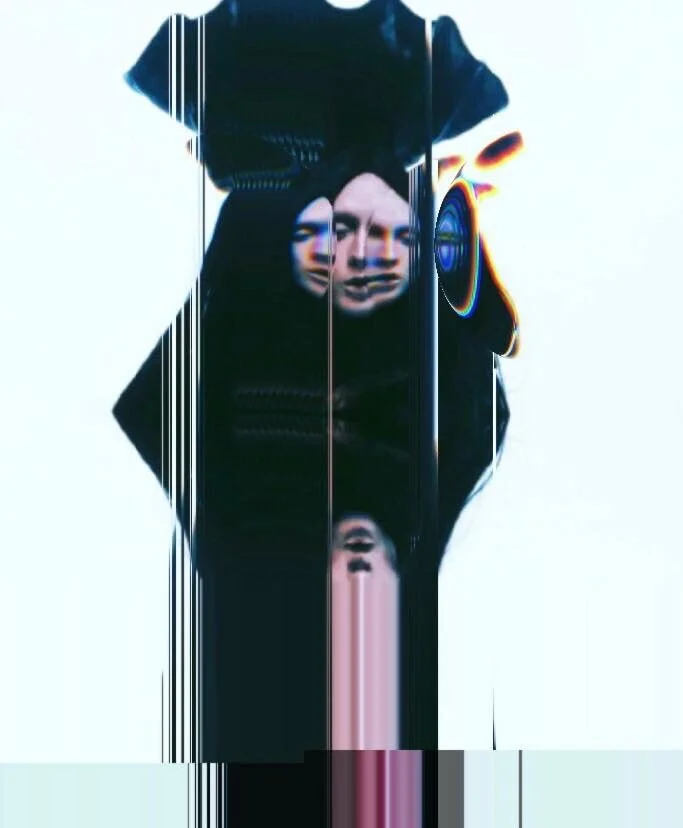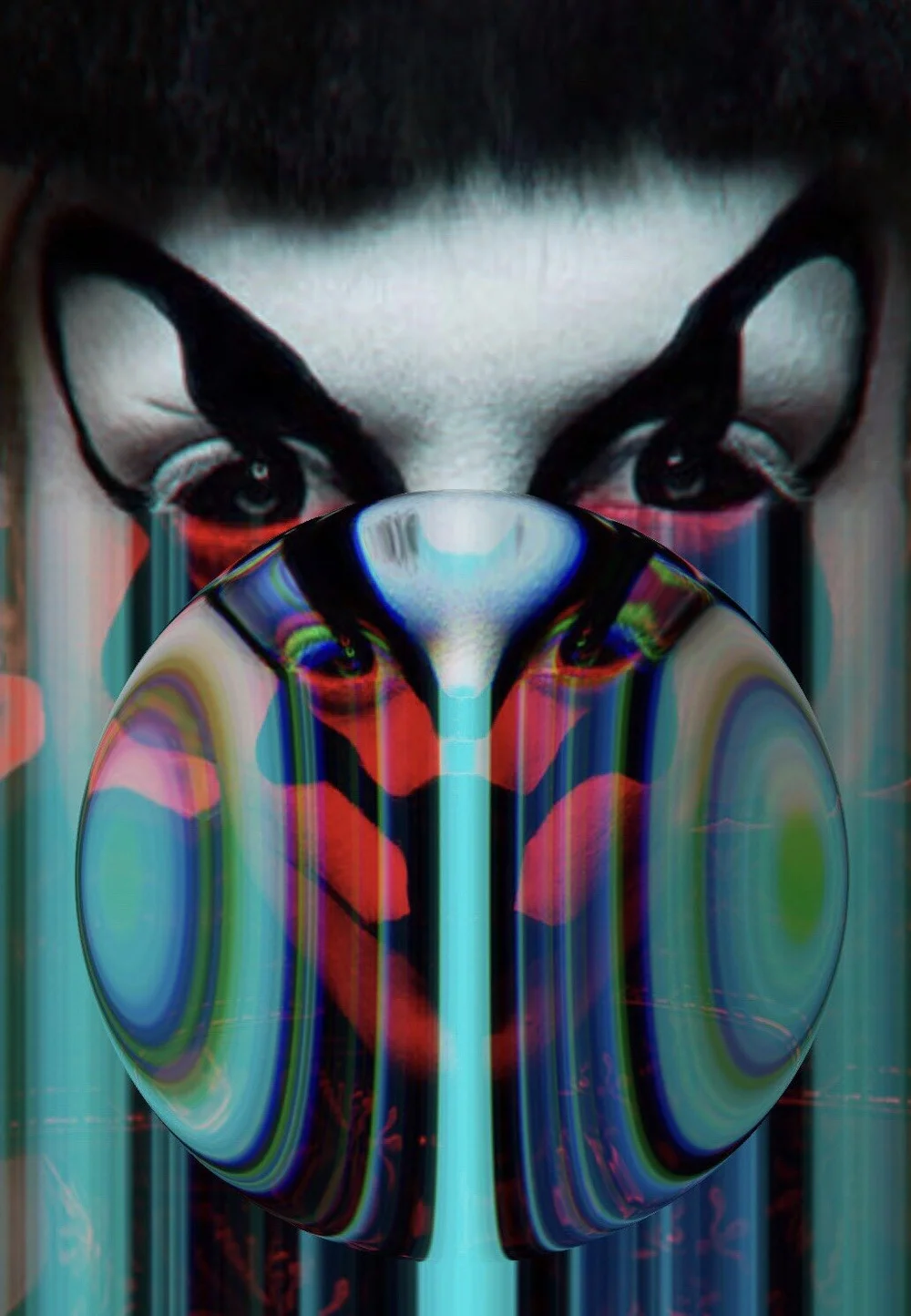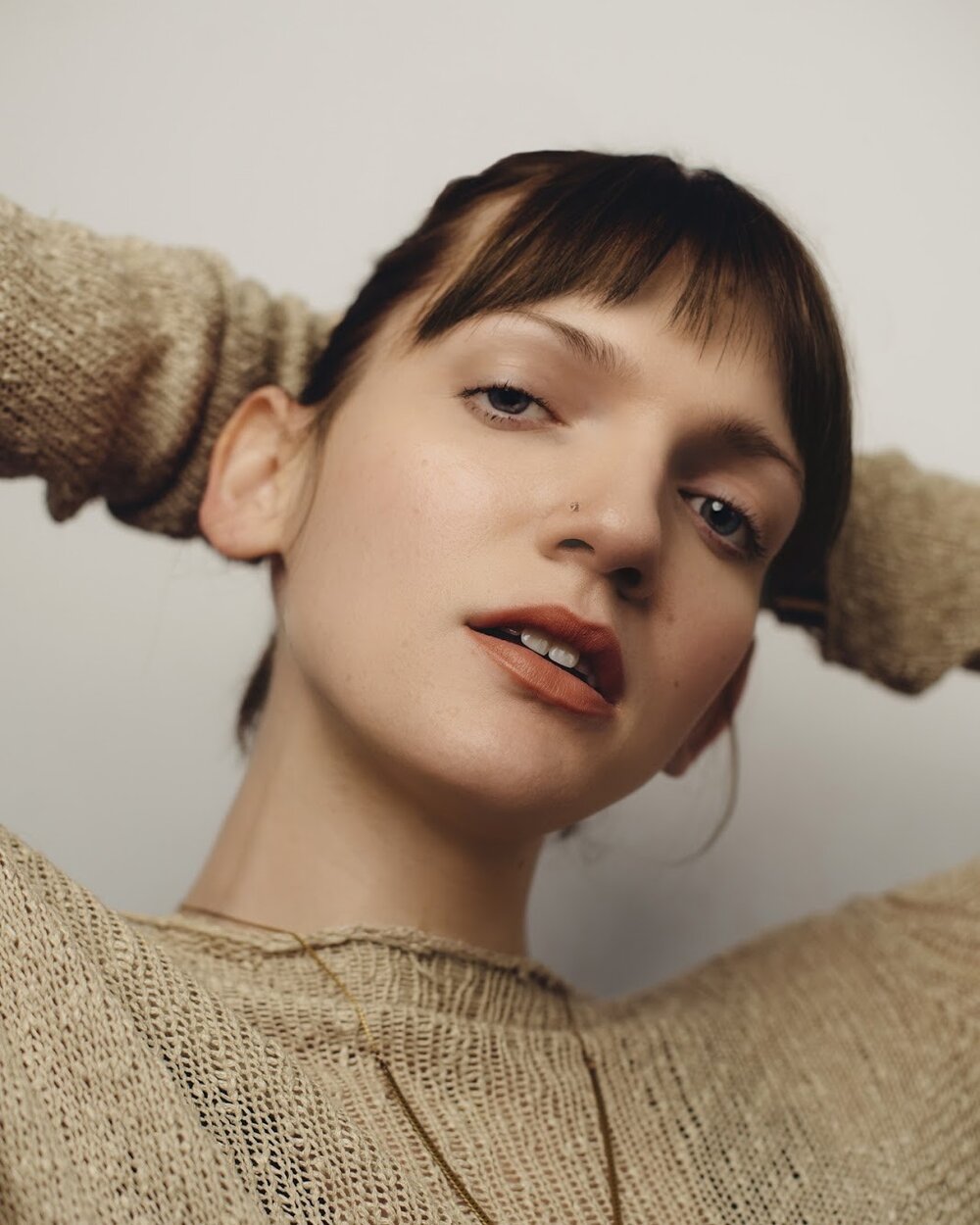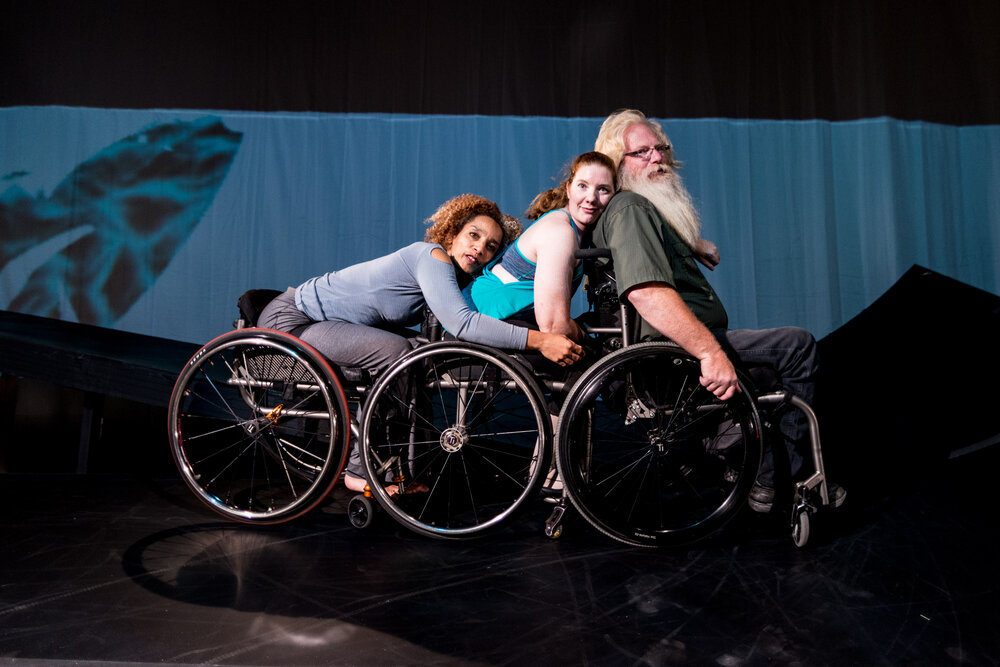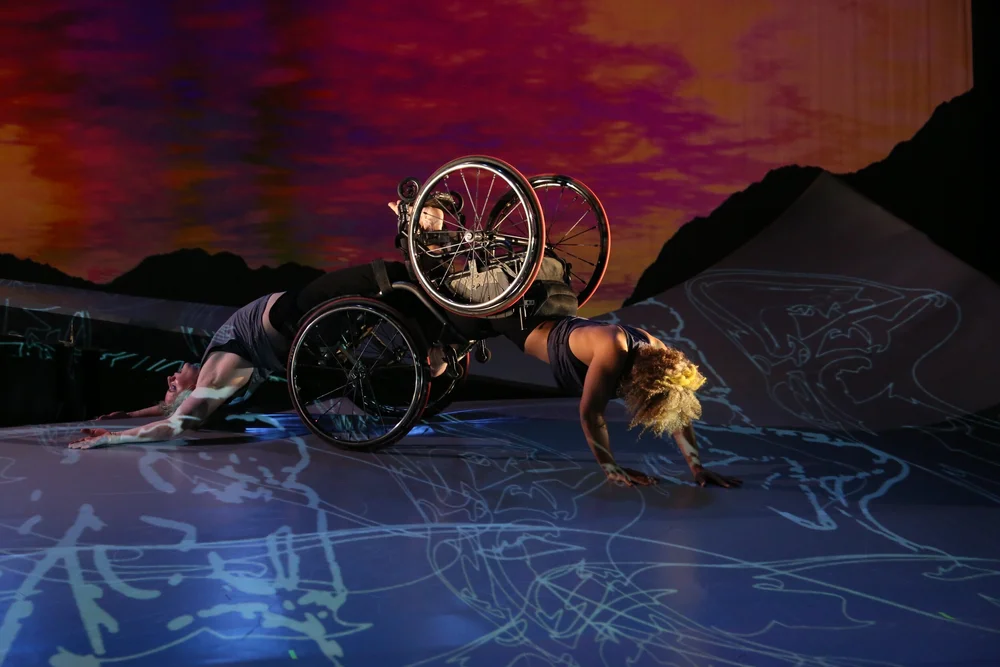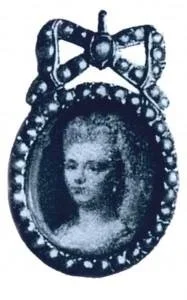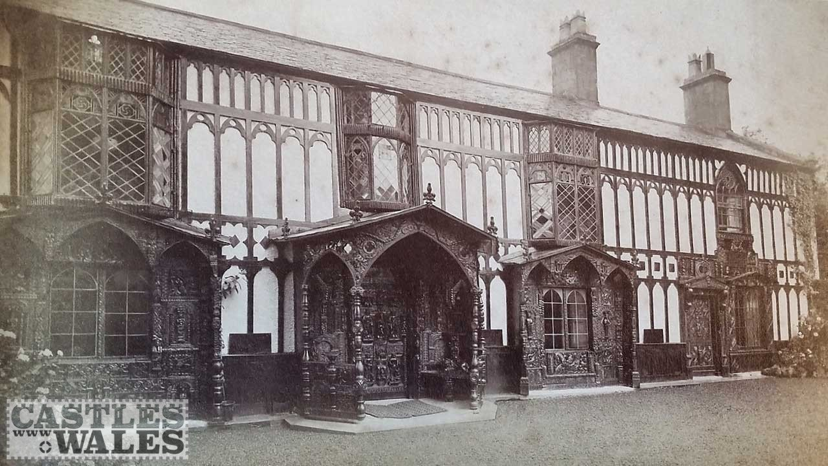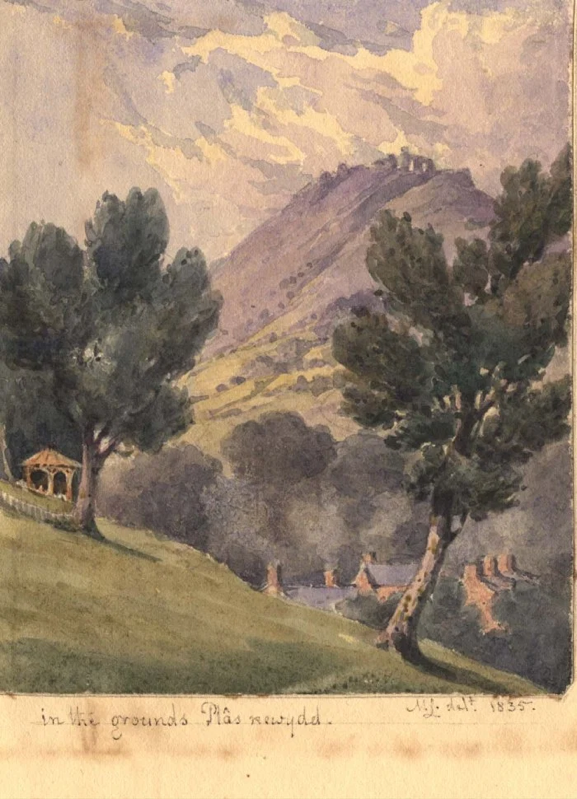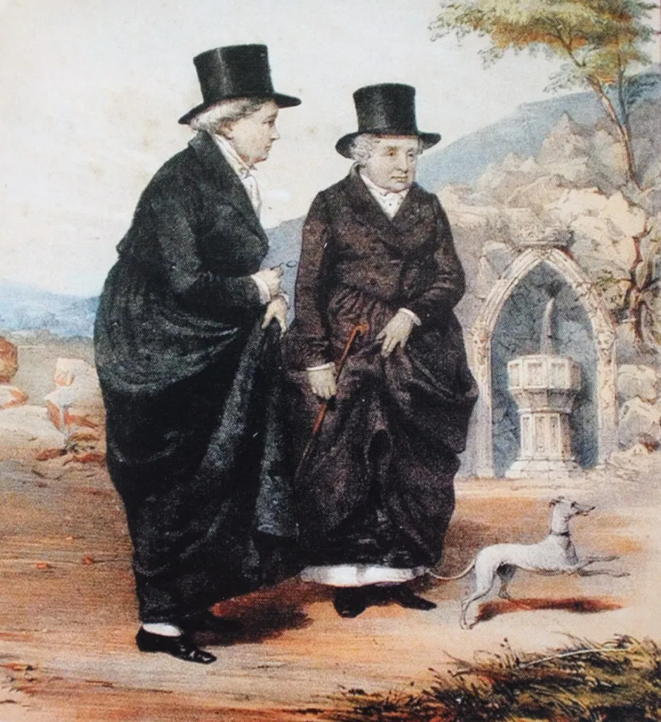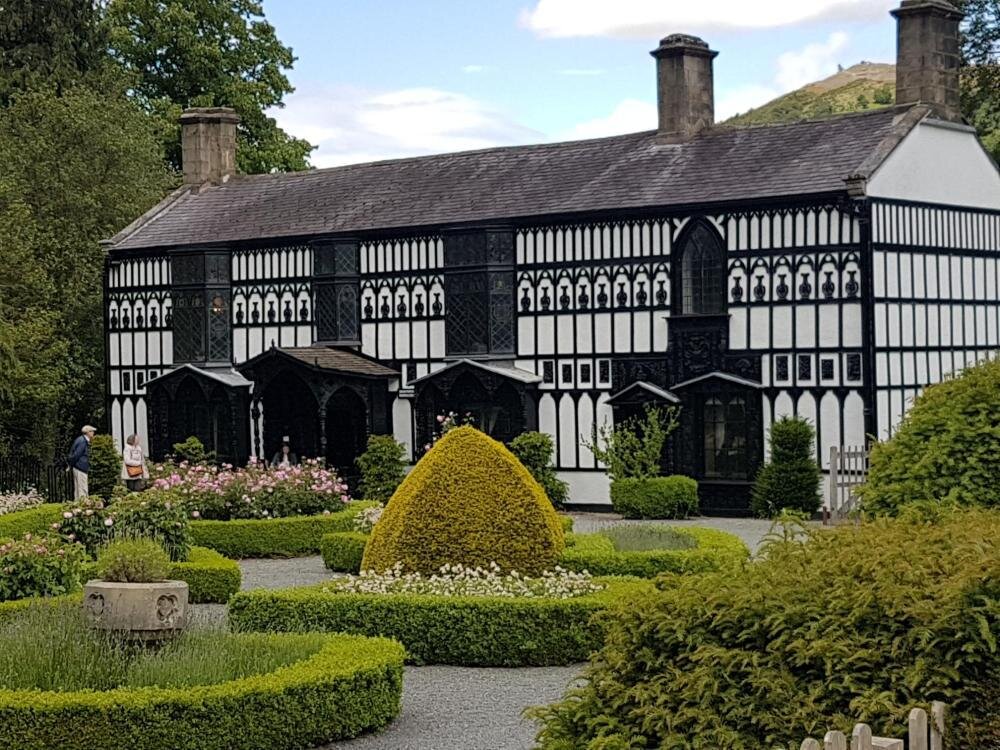![The reclusive ladies famously refused to sit for portraits, so most paintings are done from this engraving that Richard James Lane did in their later years. We hope they’ll forgive our sharing it here so we can celebrate their bona fide badassery. (Creative Commons)]()
The reclusive ladies famously refused to sit for portraits, so most paintings are done from this engraving that Richard James Lane did in their later years. We hope they’ll forgive our sharing it here so we can celebrate their bona fide badassery. (Creative Commons)
Let me be frank: this story has everything. A feisty orphan, an armed window escape, a pervy old guardian, a brave maid, two ladies in top-hats, a yappy dog, LORD BYRON, as well as a truly extra gothic estate on the high road between England and Ireland…inside of which, over the course of fifty happy years, lived the Ladies of Llangollen, who loved each other dearly and escaped their aristocratic families for a life of romantic seclusion. A heartsick Anne Lister (aka Gentleman Jack of HBO fame) visited them and was bequeathed a single rose. “I envied their happiness!” she swooned in her diary the next day.
Y’all, this is a queer gothic romance of the highest proportion, and you need to know about it.
Part 1: The Lady and the Orphan and the Pervy Old Guardian
Lady Eleanor Butler was born in 1739 to one of the most powerful families in Ireland and grew up in a castle in the town of Kilkenny. A voracious reader and a Francophile, Eleanor grew up a thorn in the side of her aristocratic family for failing to behave like a proper lady, and later blooming into a full-on thorn bush when she refused to marry. She turned down several proposals: a disgruntled suitor wrote of her, “This is a woman that no man will conquer.”
At 29, she was appointed to tutor Sarah Ponsonby, a 13-year-old orphan studying at the boarding school across from the Butler castle. Sarah lost her parents as a child, and landed in the care of some elderly second cousins, Lady Betty Fownes and her husband William. William, in true pervy fashion, immediately fell in love with pre-teen Sarah, and begged her to marry him when Betty died, which he was hoping would happen soon. We don’t know if this inspired Sarah to plot an escape from the Fownes’ (quick, let’s guess), but we do know that when she met Lady Eleanor, they were immediately inseparable. They bonded over French novels, letter-writing, and, presumably, their shared desire to throw off their horrible relatives..
![image6.jpg]()
![]()
Early portraits thought to be Sarah Ponsonby and Eleanor Butler (artists unknown; both via History Ireland Magazine)
Their deep love for each other grew over the years they spent together in Kilkenny, reading, writing, and dreaming of another life. They were avid fans of Jean-Jacques Rousseau, whose “back-to-nature” writings are considered the foundation of Romanticism, a cultural craze that swept across Europe in the late 1700s. Rousseau’s praise of “rural retirement” – where rich people quit the city to live in cottages and devote themselves to painting, reading, and other leisure activities (because rich people) – inspired them to plan a rural retirement of their own, a life of “delicious seclusion.” Sarah and Eleanor began to plot their escape.
And escape they did! It took ten years and two attempts, the first of which, while unsuccessful, deserves credit for being next-level extravagant.
Escape I:
Both of them left their homes under cover of night, the moon barely a sliver: Sarah, by then 23, actually jumped out a window, dressed in a men’s breeches and riding frock, armed with a PISTOL and accompanied by a TINY DOG NAMED FRISK. She met Eleanor in the barn, who had taken a horse and ridden from the Butler castle, also dressed as a man. They rode to the coast to catch a boat to England, but missed its departure by a few hours. Hiding in a barn awaiting the next boat, they were discovered by the search party marshaled by their families. Yappy Frisk had given them away. Frisk! Why! Alas, we queers have a storied history of doing dumb things for our dogs.
They were both dragged home to Kilkenny, where Eleanor was locked in the castle and Sarah immediately came down with a terrible fever, because, again, this is a gay gothic romance of the highest proportion. While she convalesced, Lady Betty wrote to a friend with relief, “There were no gentlemen concerned, nor does it appear to be anything more than a scheme of romantic friendship.” Romantic indeed, for when she recovered, Sarah stoutly insisted that she would have no other companion. She would “live and die with Miss Butler.” Horrified, the families tried to keep them separate, but…
Escape II:
Eleanor managed to escape yet again and was smuggled into Sarah’s house, where she lived, undetected, for nearly two weeks. What! This heist was possible thanks to the assistance of Sarah’s maid, Mary Carryll, who helped keep Eleanor hidden. Mary’s loyalty was invaluable in helping these women achieve all that was to transpire, and it’s likely that without her, none of us would be talking today about the Ladies of Llangollen. Thank you, Mary Carryll.
When pervy Mr. Fownes finally discovered Eleanor hiding in his house, he alerted the Butler family, but they were so fed up with the stubborn spinster that they gave in. The exasperated families gave them a deal: leave Ireland and never return, in exchange for a small allowance. The Fownes let them take Mary Carryll and a coach. Lady Betty remarked later that they were laughing as they climbed aboard. “Poor soul,” she lamented of Sarah. “If she had not been so fond of her pen, so much would not have happened.” Neither Sarah nor Eleanor ever saw their families again. Pervy Mr. Fownes died shortly thereafter, outlived – triumphantly, if briefly – by Lady Betty, whom he’d so perv-ily hoped to outlive.
And thus our little queer heroes – with their intrepid Mary - quit Ireland, never to return.
Part II: Gothic Gay Times in Wales
The group spent two years hunting around Wales for an idyll in which to romantically retire. They eventually found Llangollen, a small village in northern Wales, and in 1780, rented a house outside the village. It was called Plâs Newydd (“new house” in Welsh). The three of them quickly set about transforming it into a paragon of gothic splendor. They replaced the windows with custom stained glass, and, in a fit of what Sarah called “oak mania,” they filled the house with intricate wood carvings culled from old castles and monasteries, presented as gifts by curious visitors. The porch-covered entrance was so extravagant that once it was finished, the ladies celebrated with a “porch party” so everyone could admire the carvings.
![The Llangollen estate in an undated postcard – hello porch party! (Castles of Wales)]()
The Llangollen estate in an undated postcard – hello porch party! (Castles of Wales)
In the romantic spirit of the day, they roughed up the grounds to make them feel wilder, but also cultivated a sweeping rose garden. They established a self-sufficient farm, with a dairy, orchard, vegetable gardens, brewery, and barn animals. In addition to Mary, Sarah and Eleanor enlisted several more maids, a butler and a gardener. Money was always tight, but they got by with intermittent support from friends and family. Later, when their fame spread, they were even granted a pension by Queen Charlotte, who had hoped to visit but stayed away because she was allergic to musk, and the ladies were apparently rather zealous in their scents. Charlotte could not hang.
In their seclusion, the Ladies of Llangollen lived comfortably, contentedly, and did exactly as they pleased. They ate ridiculously well and both got plump. They hosted streams of notable visitors, who were curious about their wild escape story and their kooky house. They styled themselves like doddy old masters of the hunt from another century, both sporting riding frocks, top hats, and powdering their hair, which had gone out of fashion for everyone in Europe - everyone except the Ladies of Llangollen, who gave zero fucks.
![A watercolor of their Llangollen estate by Mary Parker: the caption reads, “In the Grounds, Plâs Newydd, 1835” (The Ladies of Llangollen Wordpress)]()
A watercolor of their Llangollen estate by Mary Parker: the caption reads, “In the Grounds, Plâs Newydd, 1835” (The Ladies of Llangollen Wordpress)
In other words, they did it. In 1780 – the actual eighteenth century, like French Revolution/American Revolution/People Still Burning Witches/Using Leeches as Medicine eighteenth century – these women completely reimagined what was possible for them. This was the heyday of the Enlightenment, when white men were enthusiastically embracing the natural rights of, well, white men. Women were excluded from the new philosophical ideals of rationalism, virtue, and self-governance; Rousseau himself thought women generally useless. There was no visible female Enlightenment, no God-given right to female self-determination. But Eleanor Butler and Sarah Ponsonby lived in defiance of that reality. They rejected every norm of the day, establishing their lives entirely on their own terms, openly unorthodox. And – deliciously for us – openly in love with each other.
And in love they very much were! They shared a single bed and slept together every night for the next fifty years. The glassware and books were printed with both their initials, and they signed their letters jointly. Each of them called the other “my beloved,” even in front of guests. Eleanor, who kept meticulous journal entries of their day-to-day, had a host of pet names for Sarah and was effusive in her affection until the end of their lives. They were careful to cast it as a “romantic friendship,” and emphatically denied any notions that they were sexual together, but they were demonstrably, intensely, devoted to each other. They barely left Plâs Newydd, entirely content in their happy life. They wanted for nothing else in the world.
Part III: *Queer Icons 4 Life*
Eventually, however, the world wanted them. Word spread of the women in top hats who had escaped their families and achieved that vaunted goal of rural retirement. Romanticism reached a fever pitch in the early 19th-century: The Industrial Revolution was grinding up the Western world, and people were looking for spiritual salvation, for escape. The Ladies of Llangollen embodied the spirit of Romanticism. Their romantic female friendship, which most assumed to be celibate, was seen as the apex of purity.
In the fifty years they lived together at Plâs Newydd, they were visited by nearly every European luminary, artist, and industrialist of the age: William Wordsworth, Thomas de Quincey, William Shelley, The Duke of Wellington, Josiah Wedgewood…Princess Caroline of Wales secured their royal pension. Charles Darwin remembered visiting them as a child with his father. Lord Byron, the Shakespeare of his day, dedicated a poem to them, as did Robert Southey and Wordsworth. The celebrated female poet Anne Seward – also queer – wrote an epic ballad for the ladies, called the Llangollen Vale. Eleanor dutifully recorded every visitor in her daily journals; the result is a genuine Who’s Who of European high society.
Including, eventually, Anne Lister, now of Gentleman Jack fame and ALSO a fan of the top hat.
Recounted in Anne’s own diary, she visited Plâs Newydd in 1822, years before the HBO show takes place (y’all gotta read her diaries because, folks, they skipped some JUICY bits). Anne is 31, restless, and heartsick over Mariana, whose marriage to a man has really thrown a wrench in Anne’s plan for wedded lesbian bliss. She likely read about the famous Ladies of Llangollen, who by this point were elderly and in failing health. Eleanor, by then in her eighties, was too ill to receive visitors, but Anne spent several hours with Sarah, whom she found “altogether a very odd figure” but captivating in her intelligent wit and worldliness.
She was enchanted with Plâs Newydd, and dreamed of visiting again someday, with Mariana accompanying as her wife. “Will this ever be or not?...” she muses. These were hard times for Anne (I’d venture that being left for a man hurt in 1819 as much as in 2019), but her visit to Plâs Newydd affirmed her hope that women could find peace and happiness together. She sends Mariana a letter after the trip, to which Mariana replies, “The account of your visit is the prettiest narrative I have read.” AND THEN she asks the question I know y’all really want to know.
“Tell me if you think their regard has always been platonic?”
Part IV: So Like…Did They Do It?
![The Ladies of Llangollen, aka Lady Eleanor Butler and Ms. Sarah Ponsonby, plus a yappy dog (told ya). (Portrait 1830, James Henry Lynch. National Museum of Wales)]()
The Ladies of Llangollen, aka Lady Eleanor Butler and Ms. Sarah Ponsonby, plus a yappy dog (told ya). (Portrait 1830, James Henry Lynch. National Museum of Wales)
Anne Lister thought so. Mulling Mariana’s letter, she wrote in her diary:
“I cannot help thinking that surely it was not platonic.”
YES, ANNE, I ALSO CANNOT HELP THINKING THAT.
The queer female experience feels extra lonely when we look back through history and grasp at the few straws left us. There are vanishingly few stories of the queer female/non-binary past, for the same reason there are so few stories of everyone not rich, white, and male. Literacy was rare, and paper rarer still. History has been politicized since we first began to write it down.
I feel the ache in Anne’s words with an acute familiarity. How much she longed for kindred spirits. How much she wanted not to be alone. “I hesitate to pronounce such attachments uncemented by something more tender still than friendship.”
Were they lovers? It’s not clear. Most historians think not, since Eleanor’s journals were so detailed, and they make no mention of bedroom romps. And they certainly went to lengths to deny it: when a British newspaper wrote a prurient story on the two, implying they were lovers, Eleanor tried to sue the newspaper for libel. Instead, they preferred the term “romantic friendship,” a relationship that exalted the ideals of Romanticism and afforded some measure of cover for their unconventional lifestyle. Some historians assert they were asexual lesbians; others think they totally got down and just never mentioned it (one theorist refers to them as “gentry sapphists”, which is also the name of my new band).
Does it really matter? They were two women in love, and that makes them profoundly, beautifully, norm-defyingly queer. “How can I acknowledge the kindness and tenderness of my Beloved Sally,” Eleanor writes in her journal. “The joy of my heart.”
They were also immensely devoted to Mary, who worked and lived with them for her whole life. The love between the three of them, while complicated by class (Mary worked for them without pay, presumably to contribute to the keeping-up of Plâs Newydd), is perhaps the queerest, most tender story of all. When she died, Eleanor and Sarah again defied the norms of the day by erecting a three-sided monument where each of them was to be interred. Eleanor wrote Mary’s epitaph.
![Their three-side monument in Llangollen, Wales. (Collection Llangollen Ladies Monument Restoration)]()
Their three-side monument in Llangollen, Wales. (Collection Llangollen Ladies Monument Restoration)
All three of them are there now, buried in the churchyard of St. Collen’s in Llangollen. Eleanor died in 1829, at 90 years old; Sarah followed two years later, at 76. Their love for each other is cited in both their inscriptions.
Plâs Newydd was sold a few years later to another pair of romantic friends, Charlotte Andrews and Amelia Lolly (referred to by queer historians as the “Lollies and the Trollies” so stay tuned to hear that gay af story), but after they died it changed hands several times, suffering unsightly renovations along the way. The District of Llangollen finally purchased the estate in 1932, restored it to its original gothic splendor, and opened it as a museum.
![Plâs Newydd today, open to visitors and still ready for a porch party. (Out in the City)]()
Plâs Newydd today, open to visitors and still ready for a porch party. (Out in the City)
Plâs Newydd continues to draw curious visitors, and Sarah Ponsonby and Eleanor Butler have inspired legions of queer people for their devotion to each other and authenticity to themselves. In 1936, pioneering doctor and lesbian Mary Louise Gordon visited Plâs Newydd and wrote a book on them, The Llangollen Ladies.
Because this is a queer gothic romance of the highest proportion, you will not be surprised that the book features a conversation between Mary Gordon and the ghosts of Sarah and Eleanor. It is through ghosts, after all, that we find ourselves located in time, that we grasp those few straws of the past that belong wholeheartedly to us.
She addresses the ghosts of the Ladies of Llangollen, standing on the same Welsh hills where they once walked:
“It is nothing to have shown the world a perfect love…
You meditated among your books and dreamed us into existence.”
—
This article is a collaboration between Rachel Garbus, writer, and Amanda Archimbault, queer history enthusiast, who maintains the Instagram account @thehistoricalhomo. Follow for more dazzling queer stories! Follow Rachel @goodgraciousrachel for more missives from the queer culture front.

